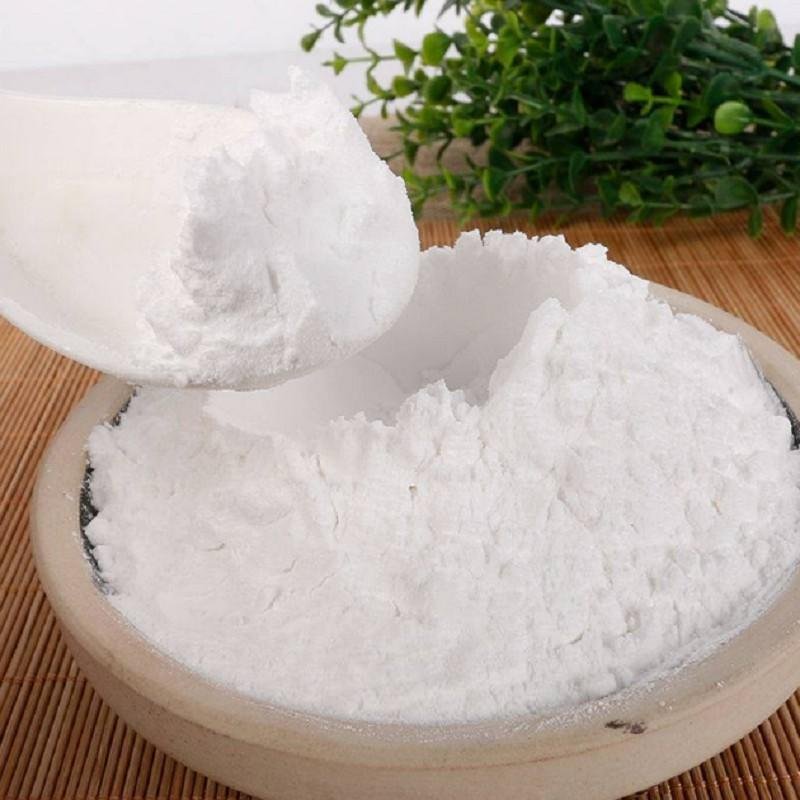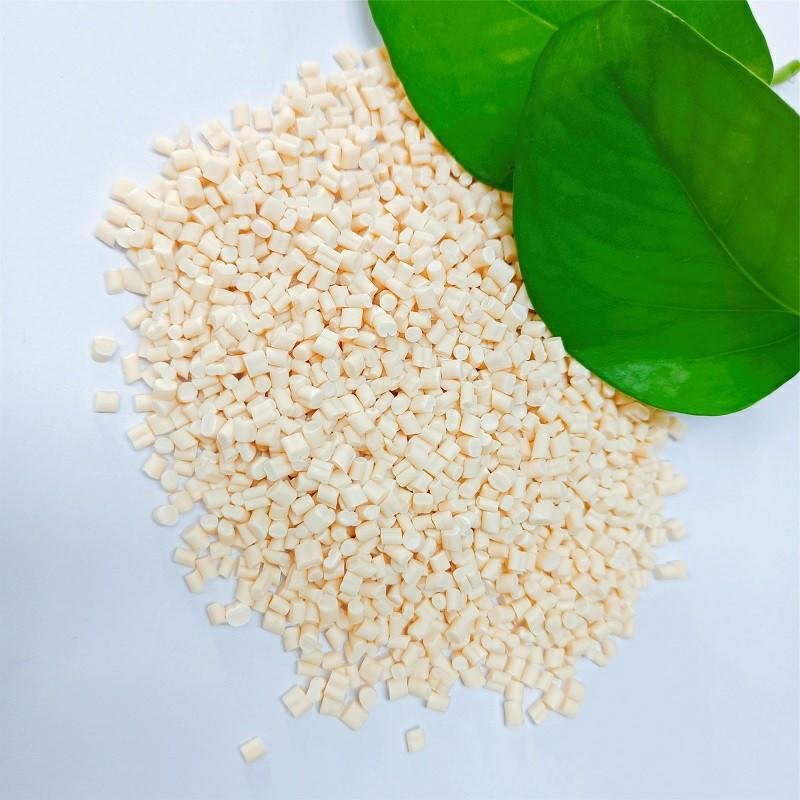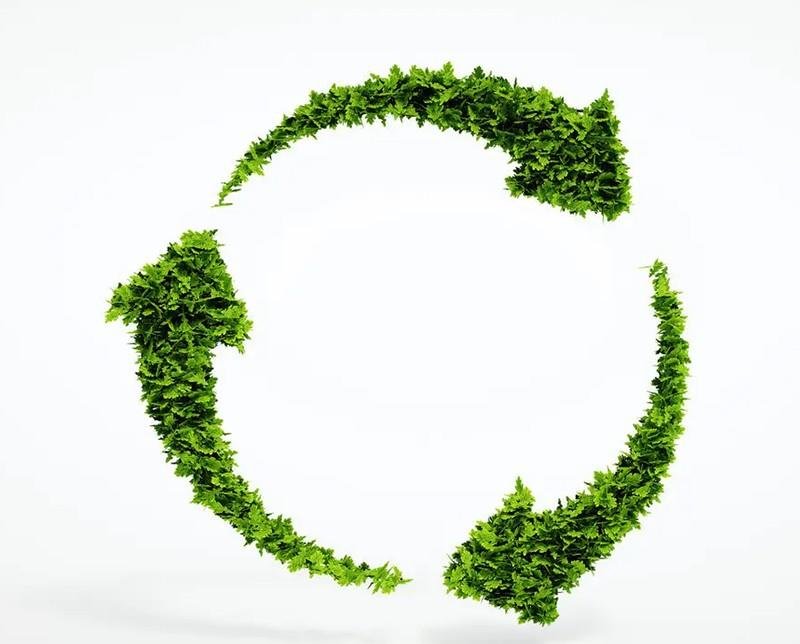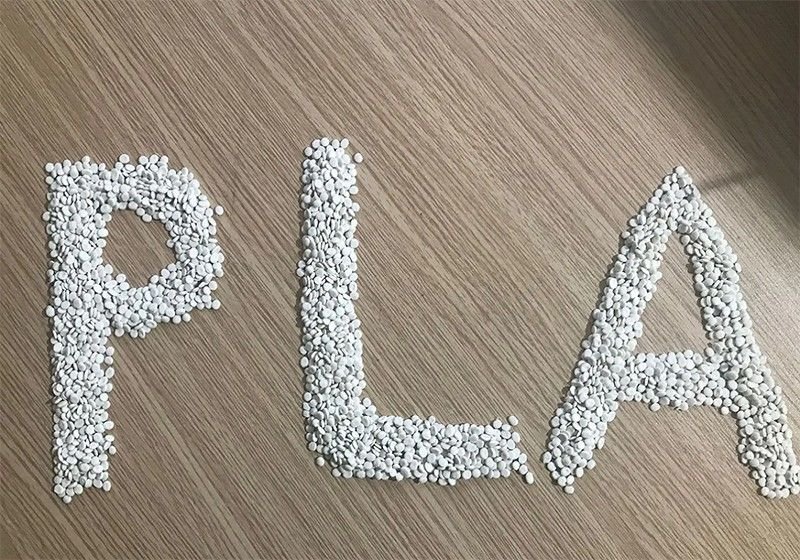
With the intensification of “White pollution” pollution, countries around the world have introduced stricter plastic restrictions, and degradable plastic bags have occupied major supermarkets and shopping malls. If you observe carefully, you will find that almost all the varieties of these degradable plastic bags are Starch, PBAT, PLA, etc. are used as raw materials for production.
So what are their advantages?
1. Starch
Starch is widely distributed in fruits or plant fruits, roots or leaves. There are hundreds of millions of tons of starch produced every year in the world. It is one of many renewable and biodegradable resources, and has the advantages of wide sources and low prices. However, since natural starch has a microcrystalline structure and a granular structure, it does not have thermoplastic processing properties, and needs to be transformed into thermoplastic starch to have thermoplastic processing properties.
BioDeGreen has a distinctive biodegradable bag, made of corn starch, safe and non-toxic. Its appearance is green, 100% biodegradable, and the product has good degradation performance. It can be degraded through household and industrial composting, and can be used as a special bag for kitchen waste.
2. PBAT
Polybutylene adipate/terephthalate (PBAT) is a class of degradable polyesters that has attracted much attention. It has both the good mechanical properties of PBT polyester and the good stretchability of aliphatic polyester. And ductility, can also be degraded into water and carbon dioxide under natural conditions.
But the high price of this material limits its application in the market; therefore, the blending of its cheap and degradable starch with PBAT is the best choice.
3. PLA
PLA (polylactic acid) is also called polylactic acid. The production process of polylactic acid is non-polluting, and the product can be biodegraded to realize the cycle in nature. Therefore, it is an ideal green polymer material and one of the representatives of bio-based biodegradable plastics. one.
However, there are many shortcomings in practical applications: PLA has relatively poor toughness, lack of elasticity and flexibility, hard texture and high brittleness, relatively low solution strength, and slow crystallization rate. The above defects limit its application in many aspects.
The chemical structure of PLA contains a large number of ester bonds, resulting in poor hydrophilicity, and the degradation rate needs to be controlled. Moreover, the high price of PLA increases the cost of raw materials and limits its commercial promotion. Therefore, in view of the above shortcomings, PLA was modified.
PBAT has a soft texture, strong ductility, and a short degradation cycle; PLA is brittle, has poor toughness, and a long degradation cycle. Therefore, mixing the two is an excellent way to improve performance synergistically.
PBAT/PLA material introduction:
1. Compatibility
The melt blending of PBAT and PLA is a physical modification method, the main point of which is to require good compatibility between the two. However, the solubility of PBAT and PLA is quite different, so the compatibility is poor, and it is difficult to mix evenly.
Improving the compatibility of PBAT and PLA is the primary issue. It is necessary to add one or more compatibilizers during the blending process to improve the adhesion of PBAT and PLA interfaces. Commonly used compatibilizers are: plasticizers, reactive compatibilizers, and tough polymers.
2. Mechanical Properties
PLA and PBAT have complementary properties, so there must be a mass ratio with the best overall performance.
- When the proportion of PLA increases to 40%, the tensile strength of the material first decreases and then increases, and the elongation at break first decreases significantly, and then remains stable.
- If the PLA content is greater than 70%, the material is too brittle to be blown into a film. Therefore, the ratio of PLA to PBAT should be maintained at about 1:1 according to the additive situation.

Plastic is an important organic synthetic polymer material with a wide range of applications. However, the “White pollution” caused by waste plastics is becoming more and more serious. If we can understand the composition and classification of plastics in detail, it will not only help us use plastic products scientifically, but also facilitate the classification and recycling of plastics, and effectively control and reduce them. “White pollution” is mainly manifested in the following aspects:
- Wide range of pollution: cities, farmland, rivers, oceans, white pollution is everywhere.
- The rapid increase of waste: due to the low price of plastic, easy aging, and short lifespan, with the increase of the amount of plastic, the amount of waste pollutants increases rapidly.
- Difficulty in processing: Ordinary plastics have the characteristics of acid and alkali resistance, oxidation resistance, corrosion resistance, and refractory degradation. They will not rot after being buried in the ground for 100 years, and produce a large amount of toxic gases when burned, such as hydrogen chloride, sulfur oxides, and carbon monoxide.
- Difficulty in recycling: There are many types of plastic products and it is difficult to sort them.
- Great harm to the ecological environment: waste plastics will reduce the quality of cultivated land and affect the growth of crops.

Biodegradable Material Manufacturers
Shenzhen Bio Plastic Technology Co., Ltd is committed to the R&D, production and sales of biodegradable products and materials, including bio-based modified materials and bio-based degradable modified materials.
Biodegradable products include tableware in different styles and sizes, plastic bags, paper bags, cups, lids, straws, films, flower pots, ballpoint pens, etc. The product is incinerated without residue, is safe and environmentally friendly, and can save energy and reduce carbon.
Biodegradable modified materials include blow film resin, extrusion resin, injection resin, PLA resin, PBAT resin, blister resin, etc. The product is a completely degradable material that can pass industrial composting and home composting tests. It is environmentally friendly and can save energy and reduce carbon.
The products are widely used in a wide range of fields, including but not limited to disposable daily necessities, hotel supplies, disposable tableware, garbage bags, milk tea bags and other plastic bags, agricultural mulch film, medical film, industrial film and other film products.
Keywords: white pollution, plastic restrictions, degradable plastic bags, PBAT, PLA, raw materials, renewable and biodegradable resources, corn starch, degradation, water and carbon dioxide, modified, waste plastics, plastic products, recycling, biodegradable products and materials, bio-based modified materials, plastic bags, paper bags, cups, lids, straws, films, flower pots, ballpoint pens, environmentally friendly, blow film resin, extrusion resin, injection resin, PLA resin, PBAT resin, blister resin, industrial composting and home composting, disposable daily necessities, hotel supplies, disposable tableware, garbage bags, milk tea bags, plastic bags, agricultural mulch film, medical film, industrial film, film products





